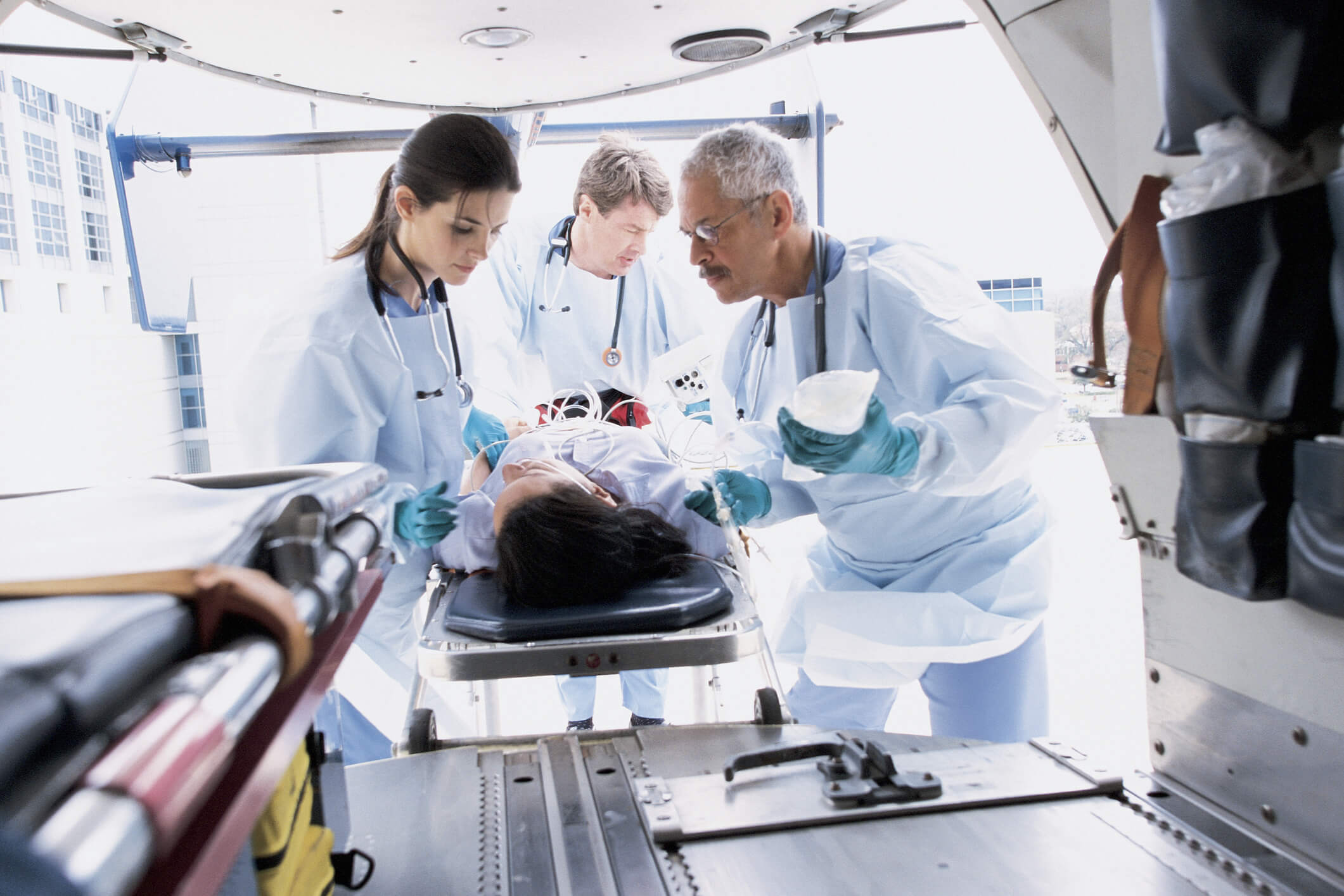
Tactical medicine, sometimes called SWAT medicine, is a high-stakes branch of emergency medical services (EMS) that caters to the needs of law enforcement, the military, and other first responders. If your organization serves the general public, then you might think that tactical medical care is well outside of your wheelhouse.
The reality is much different. The rate of mass shootings—and the number of casualties—is steadily rising. Political turmoil always has the potential to become violent. In 2023, there were nearly 18,000 gun-related homicides in the United States, with more than 750 due to mass shootings.
Sooner or later, you will encounter a tactical medical scenario. That’s why you need to be prepared with a portable tactical medical bag that keeps you and your patients safe.
Why Every EMT Needs a Tactical Medical Bag
Even if you've never encountered a tactical medical scenario before, today could be the day. Some common scenarios EMTs may eventually face include:
- A hostage situation, including injuries following a hostage situation, and the care of those released from being held hostage.
- The treatment of wounds for police officers and military members.
- The aftermath of a mass shooting, domestic violence incident, or other mass casualty.
- The treatment of those who have just been arrested following altercations with police or other law enforcement.
In tactical scenarios, seconds count. Being prepared to act quickly can save lives. Consider how promptly giving oxygen to someone apprehended after running from the police may reduce their risk of serious or even deadly respiratory or cardiovascular complications.
These scenarios also require empathy and an understanding that you never know the full story. The person sitting in the back of a police car may be innocent, and the person shot in a standoff with police still has a right to quality care. It is your duty to provide care to everyone, without judgment or delay. Never delay care as a punishment or because a third party tells you a patient did something terrible. Doing so could endanger your job and even lead to civil lawsuits and criminal charges.
Special Considerations in Tactical Medical Scenarios
Tactical medical scenarios involve similar injuries to other medical situations, such as bleeding, cardiorespiratory crises, and mental health emergencies, to name a few.
However, you may also encounter additional challenges, and your tactical medical bag must reflect these scenarios. These challenges include:
- Treating patients in actively or potentially dangerous scenarios, such as on the side of the highway or in very intense heat.
- Tending to patients immediately following a major trauma, such as a shooting. Be prepared to deal with traumatized or resistant patients.
- Assisting patients who may pose a threat to you or other parties on the scene.
- Getting information from unreliable third parties, who may have just had altercations with patients.
- Working with patients in an unsecured scene, when there might still be someone with a weapon nearby.
Tactical Medical Tips
In tactical medical scenarios, treatment begins with a risk assessment. If there is an active shooter or other imminent threat, focus on immediate stabilization and evacuation. If the threat has subsided, proceed as usual and treat the patient on the scene.
If the patient poses a threat, you still must treat them, but you may need to use restraints or tranquilizers to mitigate the threat, particularly if they pose a threat to other patients. Frequent drills in high-stress scenarios can help prepare you and your team for the ever-looming risk of high-stakes tactical scenarios.
Portable emergency suction is one of the most versatile and important tools you can include in your tactical medical kit. It allows you to promptly tend to patients’ airways, without treatment or transport delays. For help finding the right portable emergency suction device, download our free guide, The Ultimate Guide to Purchasing a Portable Emergency Suction Device.
Editor's Note: This blog was originally published in June 2021. It has been re-published with additional up-to-date content.
















